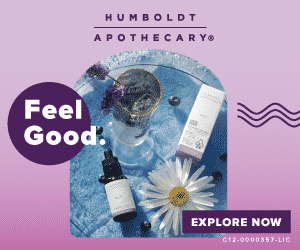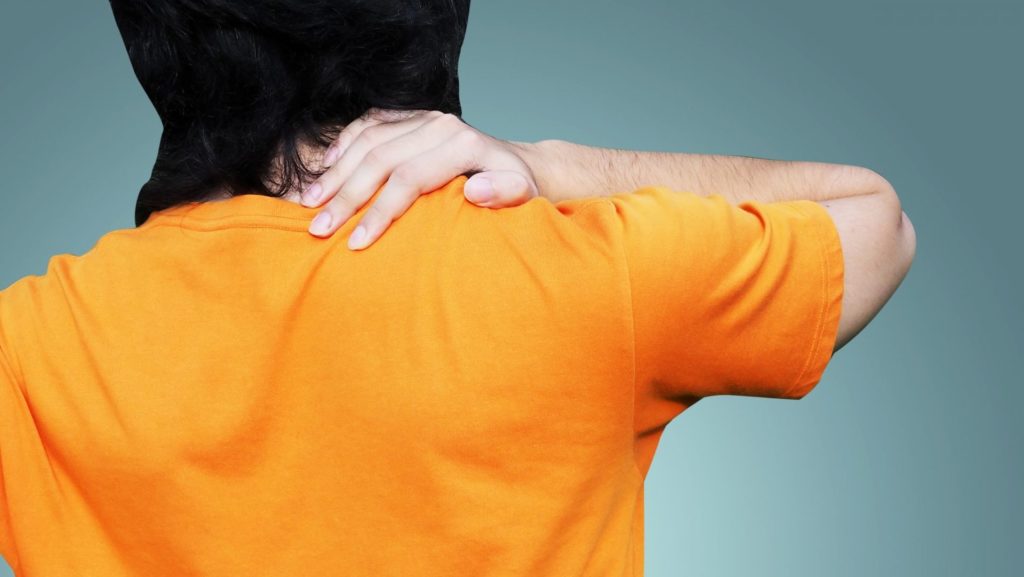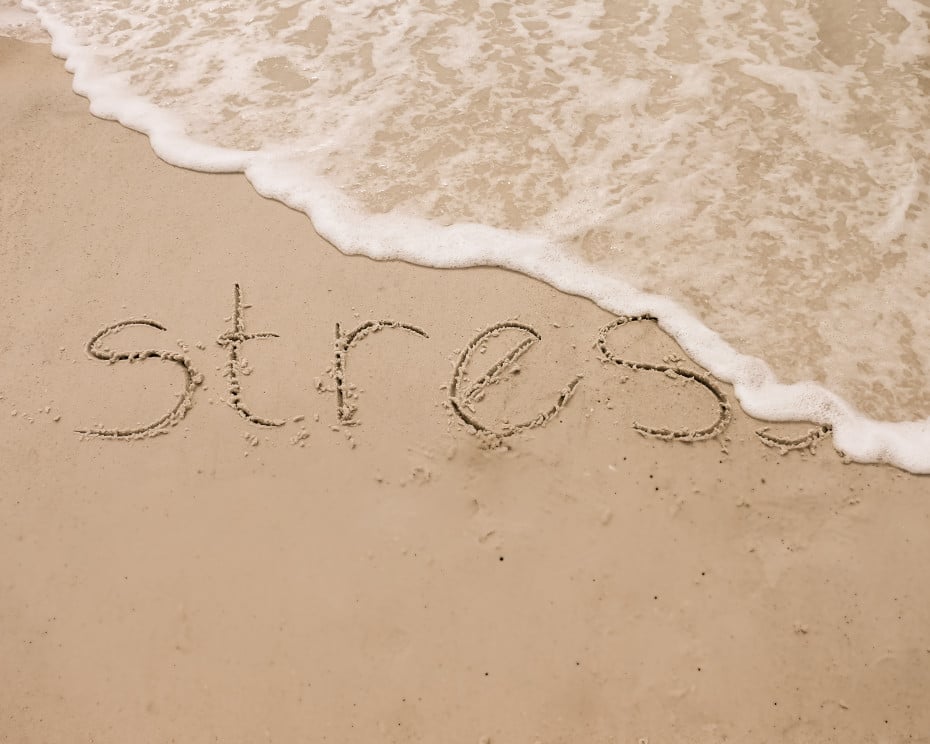by Deborah Malka MD, PhD
Read Time: 3:30 Mins.
The benefits of CBD are being touted for everything from pain management to mood balancing to general preventive medicine. But what is it actually proven to do? Recently we’ve had many of our visitors at Three Wells do their research across the web and come back to us still asking– how can you benefit from CBD and what is the reality of what it can and can’t do?
Spoiler alert…There hasn’t been as much clinical research, aka proof, as a lot of product manufacturers would lead you to think.
We’re going to demystify what CBD can and can’t do for you now. To do this you’re going to first need to understand the basics about how CBD and THC work with your body.
Many people are unaware that our bodies contain a special system that interacts directly with some cannabinoids, called the endocannabinoid system. This is an intricate regulating system that the body (human and many pets) uses to keep itself in balance, covering a wide range of functions, such as immunity, inflammation, and pain to name a few. It was first discovered in the 1990s when scientists were trying to find out how THC (tetrahydrocannabinol – the psychoactive ingredient in cannabis) physiologically affects the body. They found that THC attaches (or binds) to parts of cells called receptors that “receive” and respond to the cannabinoid. Then they found that our own body makes molecules that also bind to these receptors, which they classified as endocannabinoids. Together, all of these molecules, the receptors, and the other cellular compounds that regulate these interactions is now known as the endocannabinoid system. So, you can imagine that anything that supports or detracts from the proper functioning of this system is a potent chemical. It turns out that THC activates these receptors, kind of like supporting the activity of our own naturally produced endocannabinoids.
But what about CBD (cannabidiol)? Well, it DOES NOT bind to endocannabinoid receptors!
So much of what you may read about the benefits of plant cannabinoids (like those in marijuana) don’t apply to CBD when it comes to affecting your endocannabinoid system. This is a crucial fact to understand, to help you wade through the myriad of claims about what CBD can and can’t do. In fact, CBD has been shown to bind to more than 60 non-cannabinoid types of receptors throughout the body affecting multiple regulatory processes, some of which, can affect the function of the endocannabinoid system. But CBD does not directly affect your endocannabinoid system like THC does. Instead, CBD can help your endocannabinoid function through the “back-door”. In other words, as CBD helps other parts of your body it indirectly helps your endocannabinoid system.
So, what actually is CBD best suited to treat?
This is a long list, including conditions such as:
- Anxiety
- Nausea or vomiting
- Inflammatory pain
- arthritis
- irritable bowel disorder
- Neuropathic pain:
- peripheral neuropathy
- Muscle spasm
- gastrointestinal
- menstrual cramps
- fibromyalgia
- pulled muscle
- At very high doses
- sedation
- seizure control
There are also some chronic neurodegenerative diseases, like dementia or multiple sclerosis, whose course CBD may be able to affect by exerting neuroprotection. This may mitigate the disease over time, but these effects are not yet validated because they haven’t been studied long enough at appropriate doses.
We’ve listed several conditions that CBD can influence but if you want a detailed list, here is a great resource for you: Zuardi, AW. Cannabidiol: From an Inactive Cannabinoid to a Drug with Wide Spectrum of Action. Braz J Psychiatry. 2008. 30(3):271-80.
The Reality of What CBD Can and Can’t Do
The reality is that the question of whether one should take CBD for general anti-inflammatory, neuroprotective or anti-oxidant effects, as a preventive therapy really can’t be answered yet. This is because clinical studies haven’t been done. While there is much that CBD therapy can do, the age-old saying “buyer beware” applies. CBD has not yet been clinically proven to be a fantastic miracle cure.
What Doesn’t CBD Do?
It won’t get you high. In other words, CBD does not produce psychoactive effects like euphoria. It also doesn’t
- Improve focus or creativity
- Stop pain that isn’t neuropathic or inflammatory in nature
- Stimulate appetite
In fact, many of these effects are caused by THC, since it binds directly to cannabinoid receptors. This makes a good case for medicinal use of many strains of cannabis, or products, that combine these two cannabinoids, THC and CBD, since one can help the other.
The combination of CBD and THC can range anywhere from 1% CBD and 99% THC to a 50/50 mix, to 1% THC and 99% CBD, depending on the effects you’re looking for. When trying to determine what ratio of CBD:THC would be most effective for a specific combination of symptoms you will have to experiment and judge for yourself – there is no current formula or research that can honestly give you the right combination. Starting with a very high ratio of CBD:THC and then introducing more THC over time to find the best balance is the right way to go about finding the combination that’s best for you.
If you’re a little hesitant about jumping in with both feet, a great way to introduce your body to all the benefits that CBD and THC can offer your everyday life is through microdosing – the practice of taking small doses of CBD, or a ratio of CBD:THC. It is a simple way to ease yourself into the world of CBD and THC, while also preparing your Endocannabinoid System for regular cannabinoid saturation. If you’re unsure where to start, Papa & Barkley’s Micro Dose tincture is one of the better options on the market. Papa & Barkley uses their same exceptional formula, but at a lower potency. This allows a new user or someone interested in experimenting with a different ratio to do so with their 30:1, 1:1, 1:3 and 1:30 tincture options. Microdosing enables you to safely and easily increase or decrease your dosage and find the ratios that work best for your specific needs.




